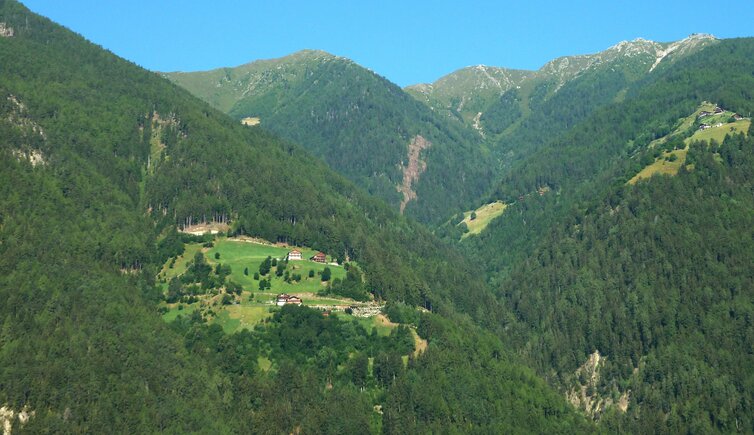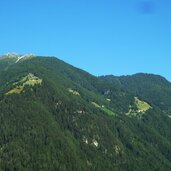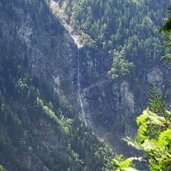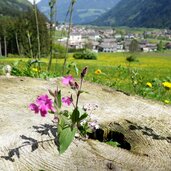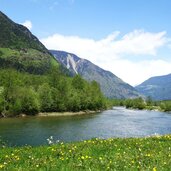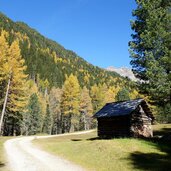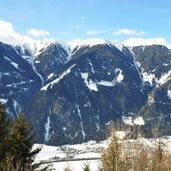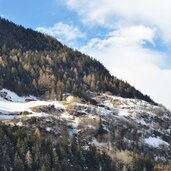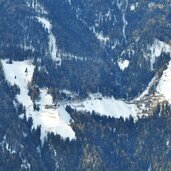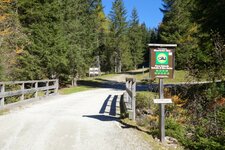The hamlet of Lana di Gais on the slopes above Villa Ottone is one of the most extreme examples of an exposed mountain hamlet
Image gallery: Lana di Gais
When looking up from Villa Ottone in the valley towards the mountain peaks, some buildings come into view partway up. They are no more than small dots to the eye, as the farmsteads of Lana di Gais are situated 700 metres higher than Villa Ottone. Above this, in the area of the Monte Kor and the Monte Sommo, the Rio di Mezzomonte stream begins its descent into the valley.
Interestingly, Lana di Gais (Lanebach) can look back on a long history, yet it remains one of the most inaccessible and steepest settlements in the entire region. Only about a dozen inhabitants live here on these exposed slopes. The hamlet was formerly known as "Lenepach," and the minnesinger Oswald von Wolkenstein sang of it already in the Middle Ages.
In his song from 1418, he calls Lenepach a "sticklen berg in wilder höch" (a steep mountain in the wild heights). A local saying still jokes about the village's location: "In Lanebach stirbt kein Bauer im Bett - den einen reißt die Lahn mit, den anderen erschlägt ein Baum, der dritte haxt ab, der vierte verkugelt" which means: In Rio di Lana, no farmer dies in his own bed - one is swept away by an avalanche, another is killed by a tree, the third twists an ankle, and the fourth plummets.
The saying ironically alludes to the often arduous living conditions on the mountain. Lana di Gais is thus an attraction in itself. No accommodation is available here.
